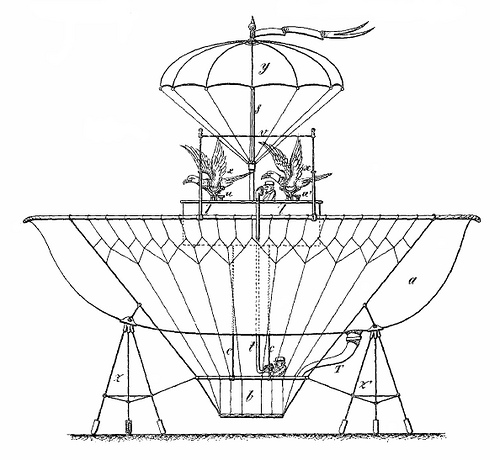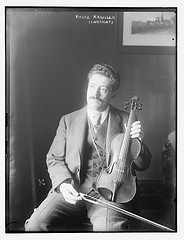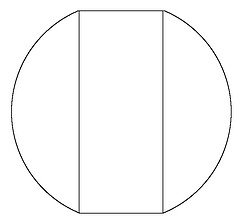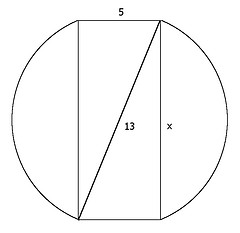On April 2, scores of students from Rensselaer Polytechnic Institute swooped down on banks and stores in Troy, N.Y., demanded that bills from $5 to $100 be changed for pennies. By April 4, tellers and storekeepers became suspicious, but it was too late. The students had cornered the penny market, having collected 250,000 coppers. Sales had to be made in round sums or not at all. Next day, same students re-invaded Troy, gave merchants 75¢ and 25 pennies for every $1 purchase, announced they were ‘TaxCENTinels.’ Their aim is to make U.S. citizens tax-conscious by showing that hidden taxes amount to 25% of merchandise prices.
— Life, April 18, 1938




